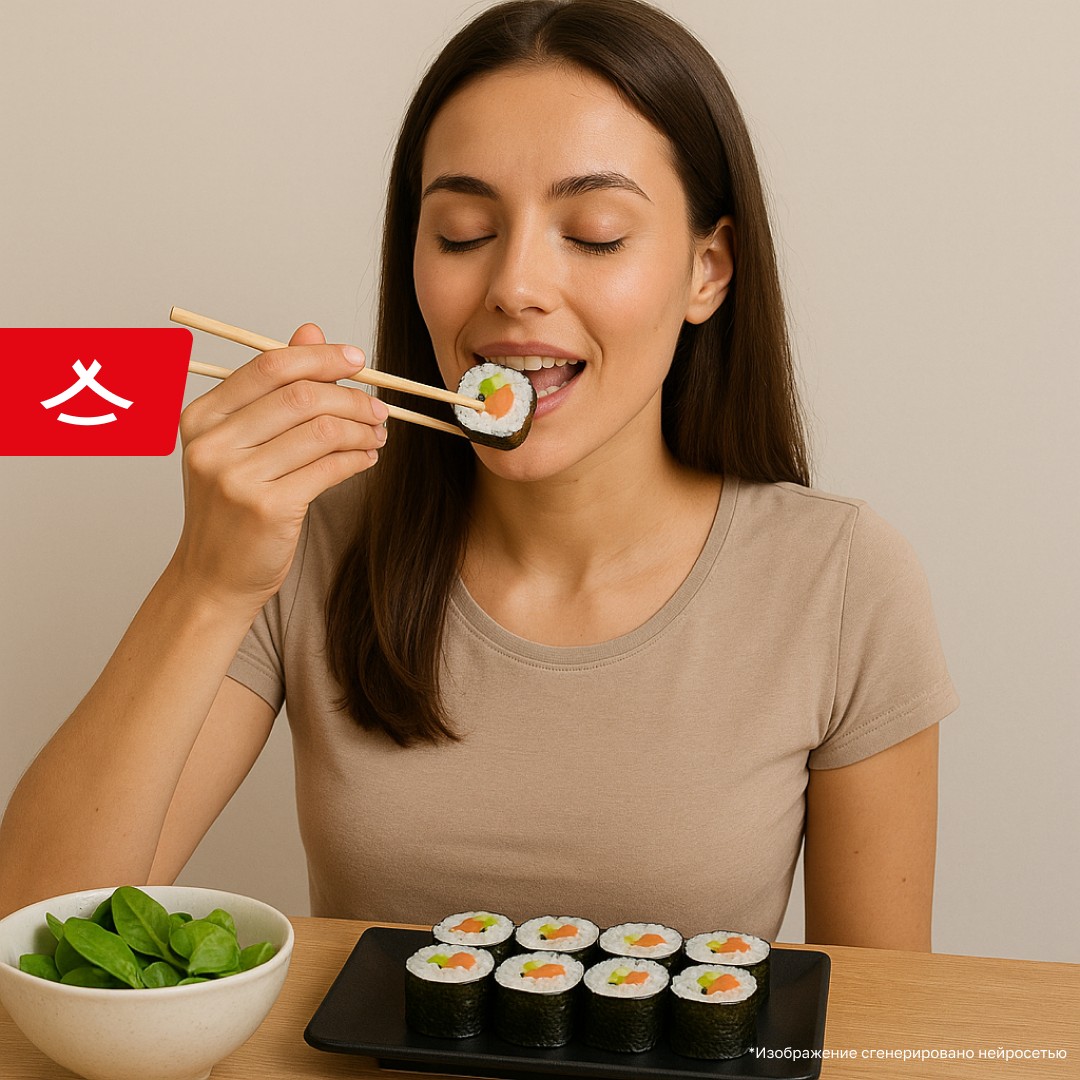Sushi, a Healthy Habit? Ingredient-by-Ingredient Truths You Need to Know
Sushi and rolls are among the most popular takeaway dishes, but are they truly healthy? This ingredient-by-ingredient look asks that question. From omega-3–rich fish to iodine-packed seaweed and the roles of rice, vegetables, and condiments, understanding each element helps you eat with intention. Note that white rice is not as high in fiber as brown rice, but it still plays an important role. With mindful choices and moderation, sushi can be a valuable part of a healthy diet.

In This Article:
Fish and Seafood: Omega-3 Power, High-Quality Protein, and Essential Vitamins
The base of most sushi is fish—salmon, tuna, eel, and other seafood. These foods are rich in omega-3 fatty acids, which support heart health, brain function, and help reduce inflammation. Fish provides high-quality protein that helps build muscles and keeps you full longer. They also contain valuable vitamins: D for bones and immunity, B12 for nerves and blood, and A for vision and skin.

Nori Sheets: A Concentrate of Iodine, Fiber, and Vitamins
The wrap of rolls is made from seaweed called nori. Nori is a natural source of iodine, important for thyroid function. It also brings fiber and vitamins A, C, and E, plus minerals like iron and calcium.

Rice: Energy Through Complex Carbohydrates
Rice provides complex carbohydrates that supply steady energy. White rice is not as high in fiber as brown rice, but it still plays an important role. Traditional vinegar-seasoned rice can aid digestion.

Vegetables, Condiments, and Mindful Dining
Cucumber and avocado add fiber, vitamins, and healthy fats. Pickled ginger has anti-inflammatory properties, while wasabi offers antibacterial qualities. Traditional sushi—fish, nori, rice, and vegetables—delivers protein, vitamins, fiber, minerals, and healthy fats. Mindful choices and moderation help you count sushi as a valuable part of a healthy diet. You can order tasty rolls via https://yapdomik.ru.

